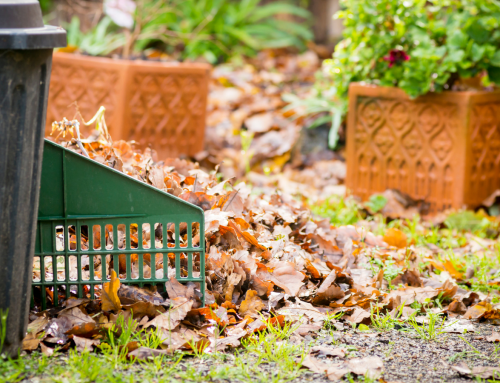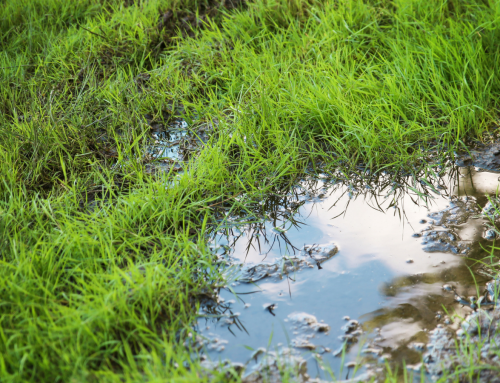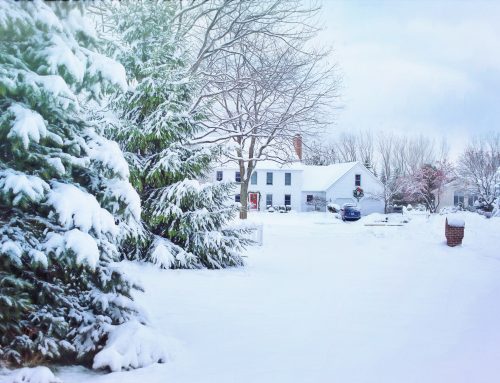For some homeowners, taking care of the lawn might be a low-priority task. Sure, you know you should mow the grass once a week on the low end, but all the little extra jobs around the yard add up to a decent amount of time. So those undesirable tasks might not get done — or they’re done too late in the season.
Below we’ve collected 10 things you should be doing for your lawn to keep it in peak condition. If you have any questions about how to perform any of the tasks or want some professional advice about how to take care of your particular lawn, contact us at Greenbud Landscaping.
- Spring clean up: Once the snow is melted off and you get a warm sunny day, spend the time to go through your yard for some clean up. Pick up all the little rocks, any branches or sticks, any dead grass, trash, and gravel pushed into the yard from snow removal. If you have trees that shed leaves in the winter, get those leaves up to make sure your grass roots can breathe.
- Aeration: Not many homeowners aerate their lawns, but everyone should. Make sure to do it in the spring or in the fall, and not in the heat because it exposes your roots, which in hot weather will kill your turf.
- Fertilizer: Make sure you have a good fall application that will lead into the spring — that will give you a healthy start. When the overnight temperatures start getting moderate, and you know the grass is going to start growing soon, fertilize before the weeds. Always make sure to fertilize before you mow the grass for the first time in the spring.
- Weed control: In order to get ahead of the weeds, spray or spread the application on before you see the first weeds out. You can do a respray or respread if you didn’t get them all on the first round — some weeds come out later than others.
- Mulching: Explore your options with mulch — is it something you enjoy picking out and spreading every year? If you want to go a lower-maintenance route, the colored recycled rubber mulches are coming down in price. Most people over-mulch their trees and landscaping. It’s really important that your trees trunks and primary roots are still exposed and have room to breathe, and avoid what arborists call “the mulch volcano.” This Old House has a great video clip about how to mulch properly and why trees die from mulch suffocation.
- Lawn mowing/edging: When you mow, you should always change which direction you cut it — run vertically, horizontally, and on a diagonal. This helps the grass grow straight up, and not angle over not in one direction. Science also tells us to keep the clippings on the grass – it helps keep your lawn healthy and definitely saves you time. Pay attention to the weather and mow accordingly – in rainy seasons, that’s probably about twice a week or week and a half. For a good rule of thumb, it’s best to keep your clippings at about one-third of the grass length. Make sure you mow whenever it’s dry outside. For edging, it’s all about having clean lines around your concrete or asphalt. Giving that clean line lends an aesthetically pleasing look to your outdoor space.
- Watering: There’s a reason you see underground sprinkler systems turn on in the early morning hours — it’s more efficient. The wind is usually calmer, so it won’t blow as much off your grass before it has time to soak into the roots. And the early morning sun won’t evaporate it nearly as quickly as later in the day. Don’t water at night because you want to sun to help dry the grass. Night watering helps fungus grow in your grass.
- Scarify: Once every year or so, you might consider scarifying or de-thatching your grass. The type of grass you have, your sun-shade ratio and your soil makeup will determine which is best for your yard.
- Leaf removal: Both the fall and spring seasons are important to for leaf removal. If you leave them on your grass over the winter, the wet leaves will kill the roots and not allow any sun to pass through. It could leave bare spots once the grass starts growing.
- Snow removal: In the trenches of winter, you likely don’t pay much attention to where the snow goes, as long as it’s off your driveway and sidewalks. Try to be aware of spreading the snow around, and don’t pile it all in one area. Your grass can be flattened in that one area, and it will take longer to melt, which offers a better chance for mold and fungus to grow.
Ultimately, taking care of your yard for its best health is quite a job. If you schedule these projects into your yard care, you’ll have a wonderful space to relax and enjoy that perfect green space. And if you don’t have the time or desire to do it all yourself, contact Greenbud Landscaping to take care of your lawn for the entire year.





Leave A Comment